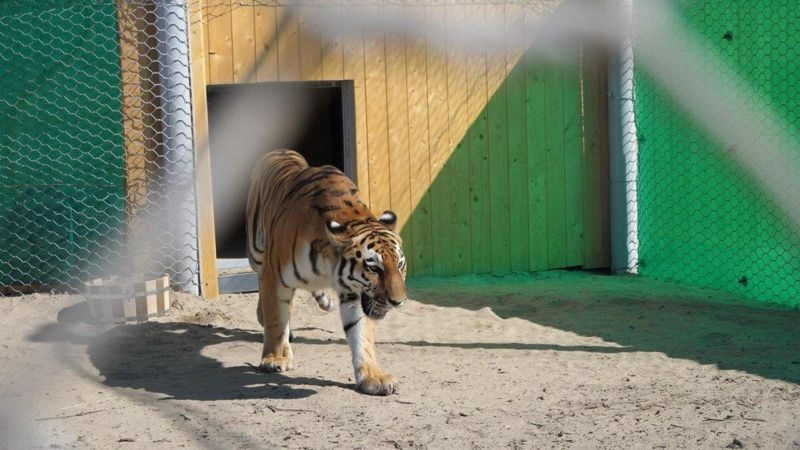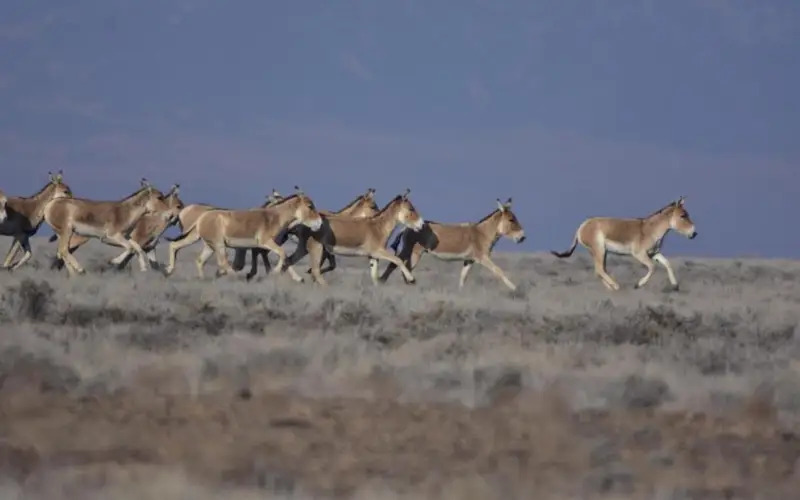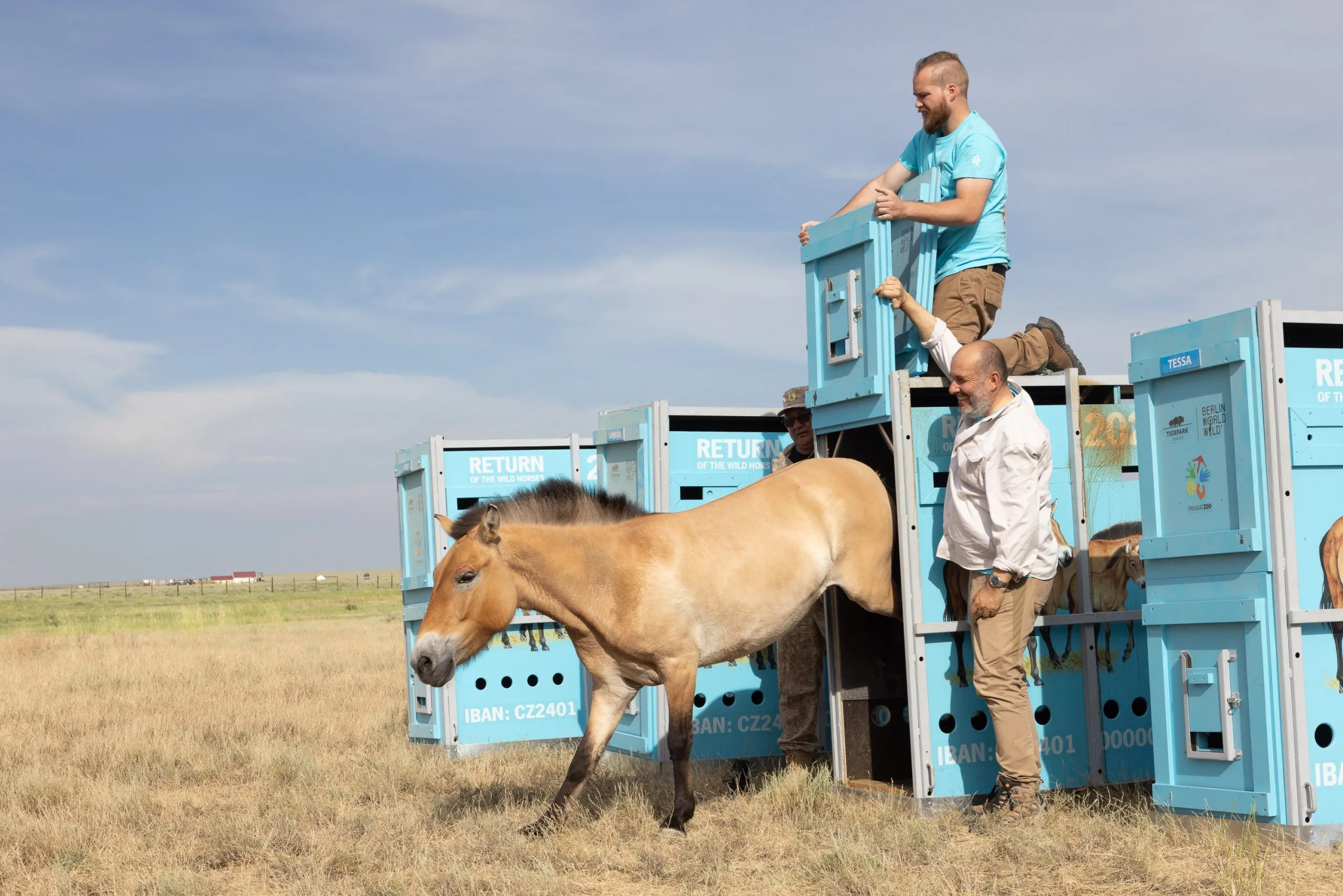ASTANA — Kazakhstan is focused on preserving its rare wildlife and actively restoring animal populations by reintroducing species like kulan, tigers and Przewalski’s horses to freely roam its landscapes. Recently, several kulans were reintroduced into one of the country’s national parks, marking a significant step in restoring this species. Earlier, Kazakhstan also welcomed Amur tigers from the Netherlands as part of a reintroduction initiative, reported Kazinform.

In September, two Amur tigers, close relatives of the extinct Turanian tiger, arrived from the Netherlands.Photo credit: Kazakh Ministry of Ecology and Natural Resources.
Since gaining independence, Kazakhstan has made wildlife conservation a priority. According to the Ministry of Ecology and Natural Resources, programs to restore rare species have been successfully implemented for several decades. Efforts began in the late 1990s with the creation of new protected areas, providing stable conditions for wildlife populations to recover. As a result, the saiga antelope population has grown significantly, and numbers of kulan, goitered gazelle and argali sheep have also risen.
A long-term reintroduction project brought the kulan back to Kazakhstan’s steppes. From 1953 to 1961, 14 kulans were relocated to Barsakelmes Island from Badkhyz State Nature Reserve in Turkmenistan. When their population on the island reached 200, the animals were gradually moved to the mainland. Today, the Altyn-Emel National Park is home to the world’s largest free-ranging kulan population, which has adapted successfully to the wild.

Twenty-four kulans arrived at the Altyn Dala Nature Reserve in the Kostanai Region from the Altyn Emel National Park in the Almaty Region on Oct. 2. Photo credit: The press service of the Ministry of Ecology and Natural Resources of the Republic of Kazakhstan.
In 2022, the next phase of the project saw the successful adaptation of 60 kulans in the Ile-Balkhash and Altyn Dala reserves. This year, the Ministry of Ecology completed another phase, relocating 67 more kulans, 43 to the Ile-Balkhash reserve and 24 to Altyn Dala, to promote population growth in these regions. Specialists note that the risk of unsuccessful adaptation is low, as proven by the birth of foals in the wild.
Alongside these efforts, Kazakhstan launched two ambitious projects in 2024 to restore Przewalski’s horses and the Turanian tiger. In September, two Amur tigers, close relatives of the extinct Turanian tiger, arrived from the Netherlands. This project, which began in 2018 with support from the World Wildlife Fund (WWF) and the Ministry of Ecology, aims to restore tiger populations by ensuring a stable food supply, including sustainable red and roe deer populations. Additionally, a memorandum signed between Kazakhstan and Russia plans for the arrival of several more tigers in 2025.

In June 2024, the first group of Przewalski’s horses arrived, with plans to increase their numbers to 40-50 in the coming years. Photo credit: altyndala.org
Przewalski’s horses, another iconic species, also began returning to Kazakhstan’s wilds. In June 2024, the first group of horses arrived, with plans to increase their numbers to 40-50 in the coming years. The project is supported by the Prague Zoo. To aid their adaptation, Kazakhstan established a reintroduction center in the Altyn Dala reserve in 2016, where specialists monitor the animals daily, ensuring they have all they need to thrive.
In addition to these hoofed animals, Kazakhstan is working to restore and protect the Asian bustards. Conservation and monitoring efforts are carried out by the state enterprise Okhotzooprom in designated protected areas.
Thanks to a breeding center in the Baidibek district of the Turkestan region, over 57,000 bustards have been released into the wild over the past 14 years, helping to preserve this rare bird. Each year, birds raised in a breeding center are released into the wild in Kazakhstan. From 2009 to 2023, a total of 57,406 Asian bustards were released. The only breeding center for these birds is located in the Baidibek district of the Turkistan Region.


